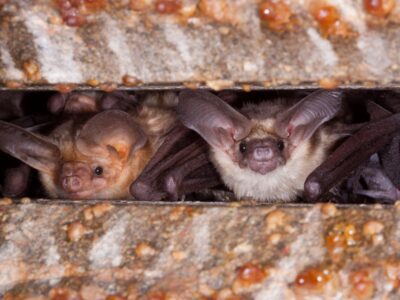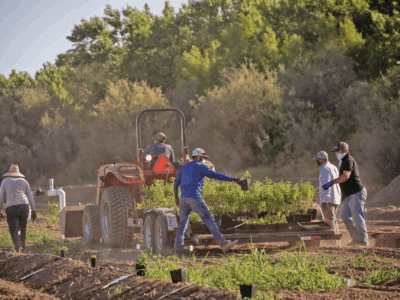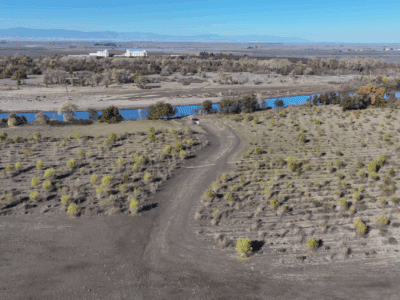At River Partners, water is at the heart of everything we do. Our projects reconnect rivers with their floodplains, reintroduce thousands of acres of river forests and wetlands, and create homes for wildlife, including nurseries for young salmon. It turns out that revitalizing river landscapes also conserves water – a lot of water.
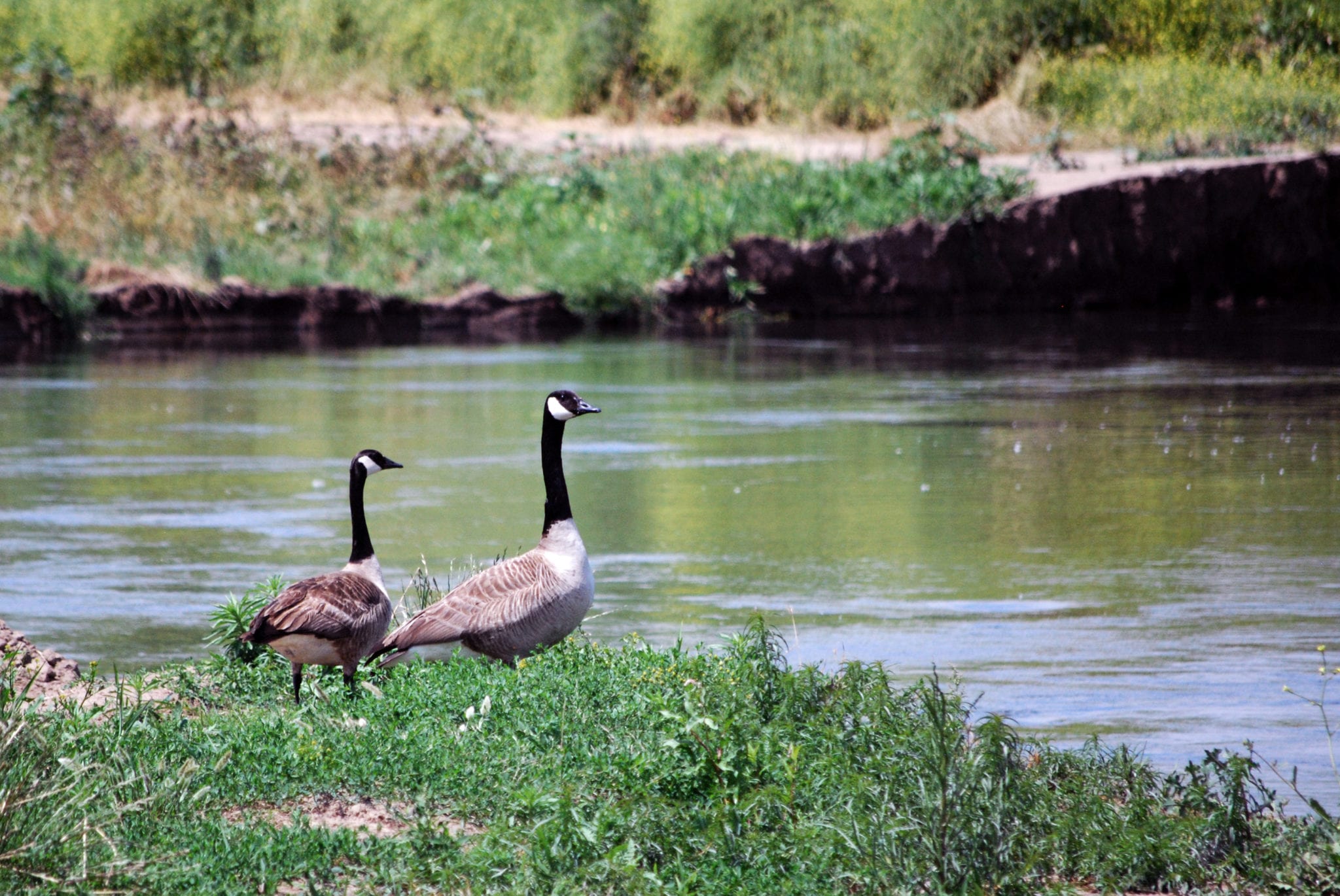
Measuring Water Conservation
As farmers of native habitat, River Partners uses advanced large-scale farming technology to measure the freshwater savings on our habitat restoration projects. We calculated the difference in water use by irrigated crops vs. restored native habitat with Dr. Daniel Howes at Cal Poly San Luis Obispo Irrigation Training and Research Center (ITRC). Employing remote-sensing technology at our Dos Rios Ranch project in Stanislaus County, ITRC’s results show that restoring native riparian vegetation resulted in significant water savings.
Dos Rios Ranch is a 1,600-acre property that was farmed for more than a century in the San Joaquin Valley at the confluence of the San Joaquin and Tuolumne rivers. Dos Rios Ranch and adjacent Hidden Valley Ranch, currently under restoration, consumed approximately 7,140 acre feet of water on average each year as farmland. ITRC forecasts that once fully restored to native forest, water use will be reduced to 5,800 acre feet, saving 1,340 acre feet of water each year. (To put that number into perspective, a single acre foot is equal to about 326,000 gallons, the amount of water one to two California households use in one year*.) And at the end of the restoration period, the site won’t use irrigation water at all. Instead, it will only consume water only from rainfall and river flow.
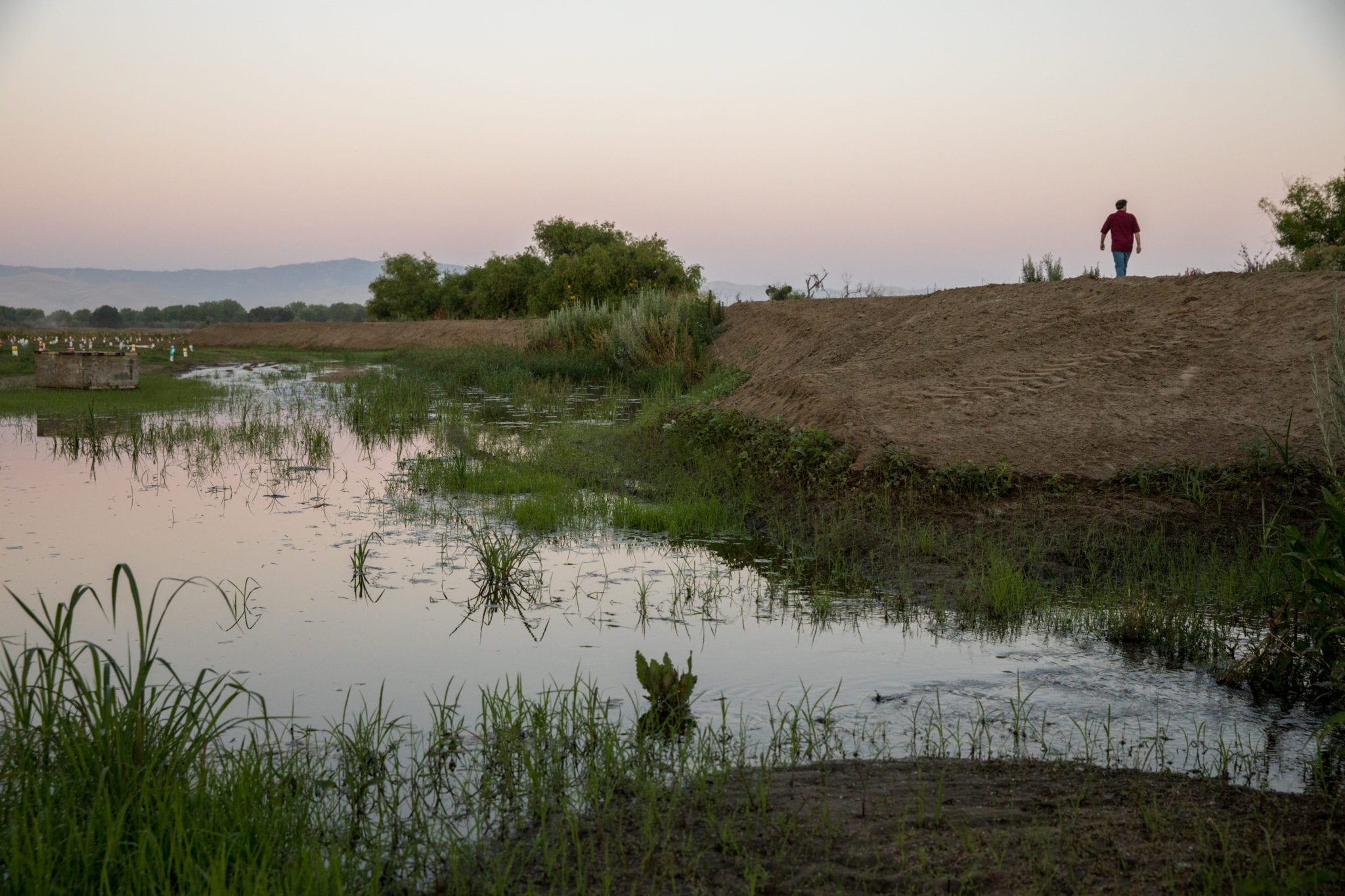
Supporting a River’s Right to Water
Reducing water use at Dos Rios Ranch is only the first step toward dedicating more water to the fish and wildlife that depend on the San Joaquin and Tuolumne rivers and surrounding wetlands for their survival. Dos Rios lies within the Bay-Delta watershed, a basin that covers more than 75,000 square miles and is the largest estuary on the coasts of North and South America. The Bay-Delta Watershed is over-appropriated, which means that in most years water users can legally divert more water than what’s available. There are over 100 water diverters, including the giant state and federal water pumps in the Sacramento-San Joaquin Delta, just downstream from Dos Rios Ranch.
River Partners purchased Dos Rios Ranch and its reliable water supply with taxpayer dollars to protect and restore habitat for fish and wildlife. We wanted to make sure that every drop of publicly funded water benefits the river and wildlife now and into the future.”
— River Partners President Julie Rentner
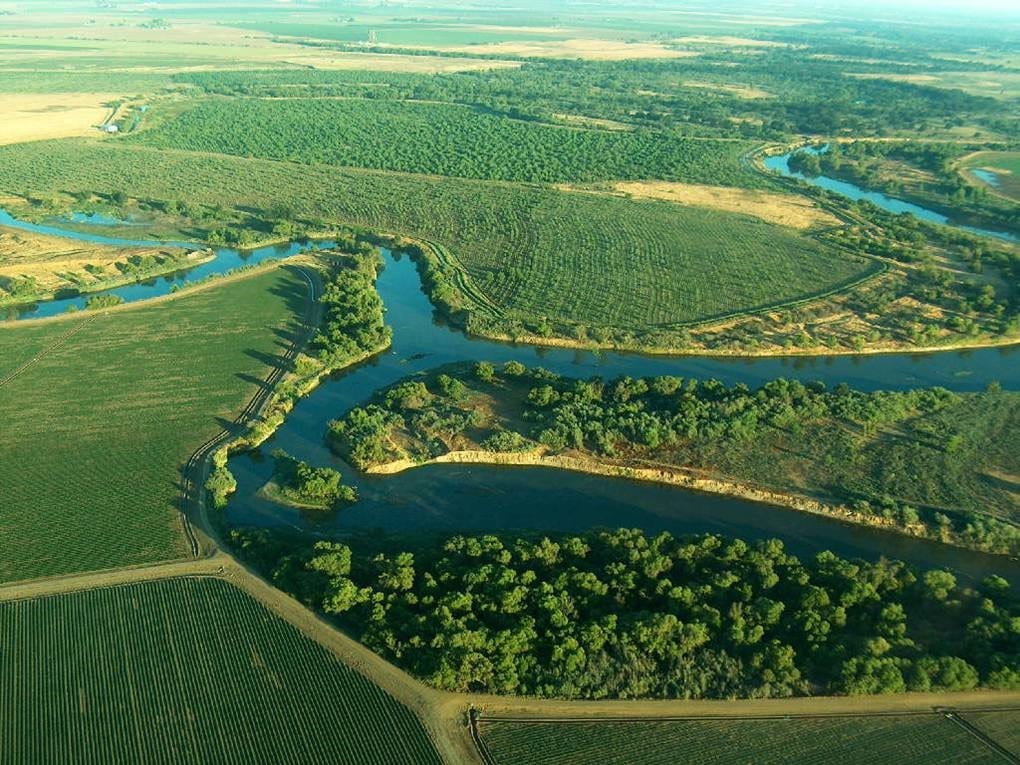
Together with our partners at the Tuolumne River Trust, we hired Tom Hicks, a water lawyer and river conservationist who specializes in dedicating water rights to fish and wildlife. With Hicks’ help, River Partners filed a petition with the State Water Resources Control Board in 2019 to give the water back to the river.
California’s Water Code section 1707 formally recognizes fish, wildlife, and instream flow as legal applications of water rights. This means that water users can dedicate their saved water to instream flows and prevent other water right holders from using it. Although section 1707 has been around for nearly 30 years, few have successfully employed it for conservation.
A Novel Idea with Room to Grow
While the amount of water River Partners will return to the San Joaquin River from the Dos Rios Ranch project is relatively small, it’s significant compared to similar 1707 dedications in the past. This transfer to instream flow would be precedent-setting because water conservation through restoration of farmland to habitat could be widely replicated throughout the Bay-Delta. This would not just save water and create habitat, it would also have a multitude of other benefits including reducing flood risk for communities, recharging groundwater, water quality, and creating new riverside parks to boost the wellbeing of underserved Central Valley communities.
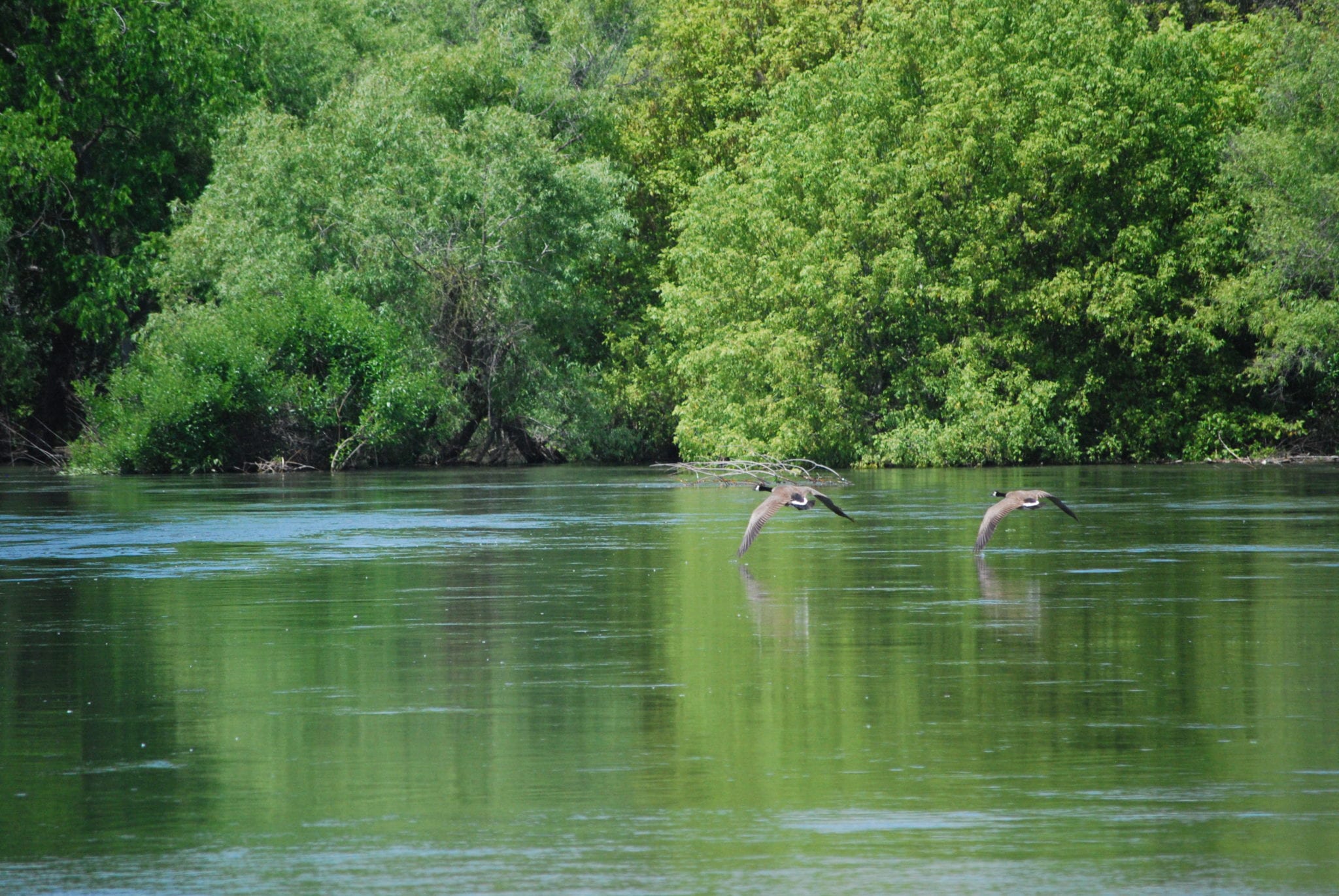
“It’s the first sip,” says Hicks, “If you add up 10 of these projects, or 30 of them … we’re forging new pathways for voluntary land and water conservation that can make California more resilient to a changing climate.”
Through this petition, River Partners, with the help of the Tuolumne River Trust and Water Conservation Board (which funded the petition’s development) is asking California’s State Water Resources Control Board to light the way for water-rights holders—including state and federal agencies who bought land and water rights with taxpayer dollars—to voluntarily dedicate the water back to California’s rivers and streams.
Watch River Partners’ LifeLines Webinar “Measuring Freshwater Conservation” for the science behind how we measure water savings on our restoration sites.
River Partners LifeLines: Connecting Land and Water in River Conservation in California from River Partners on Vimeo.
* California household water use data via Water Education Foundation.


